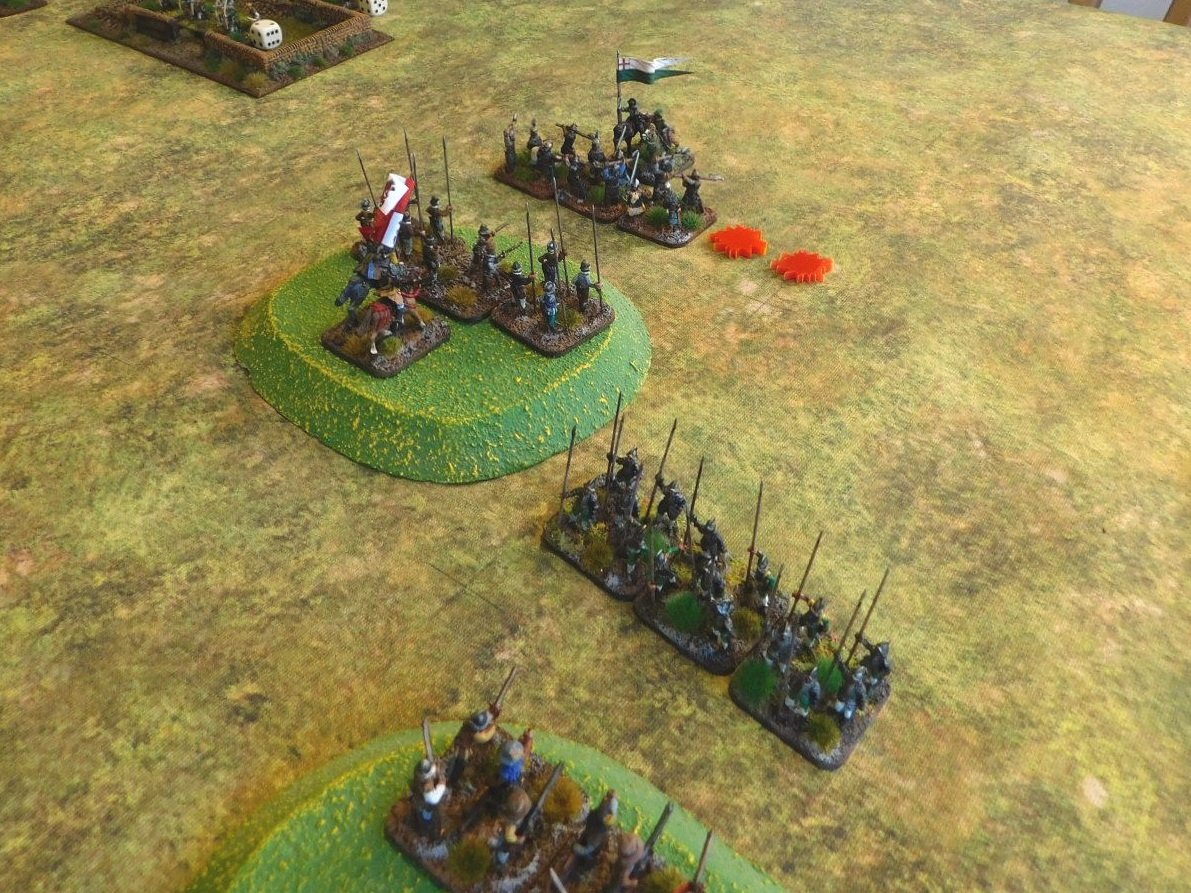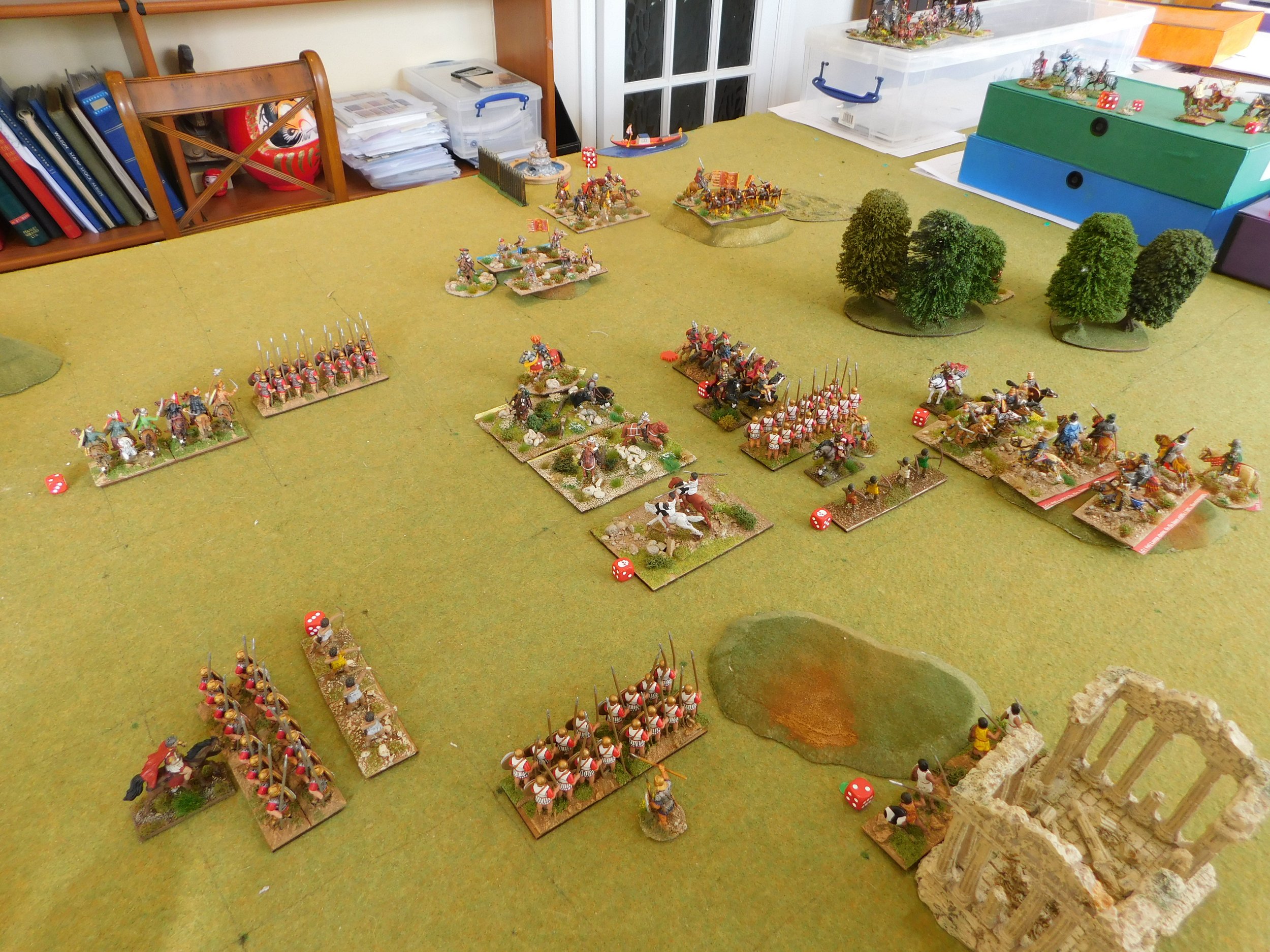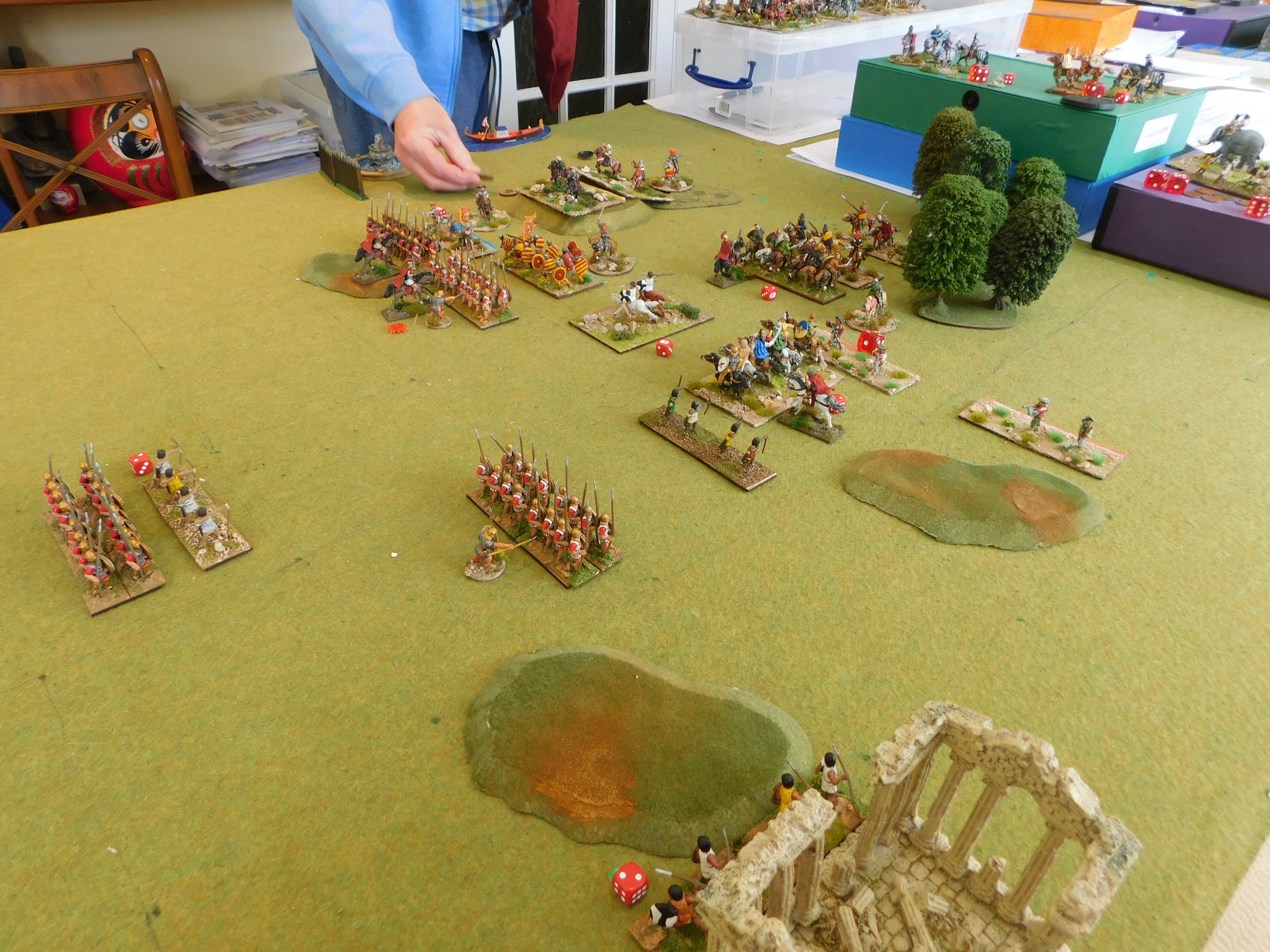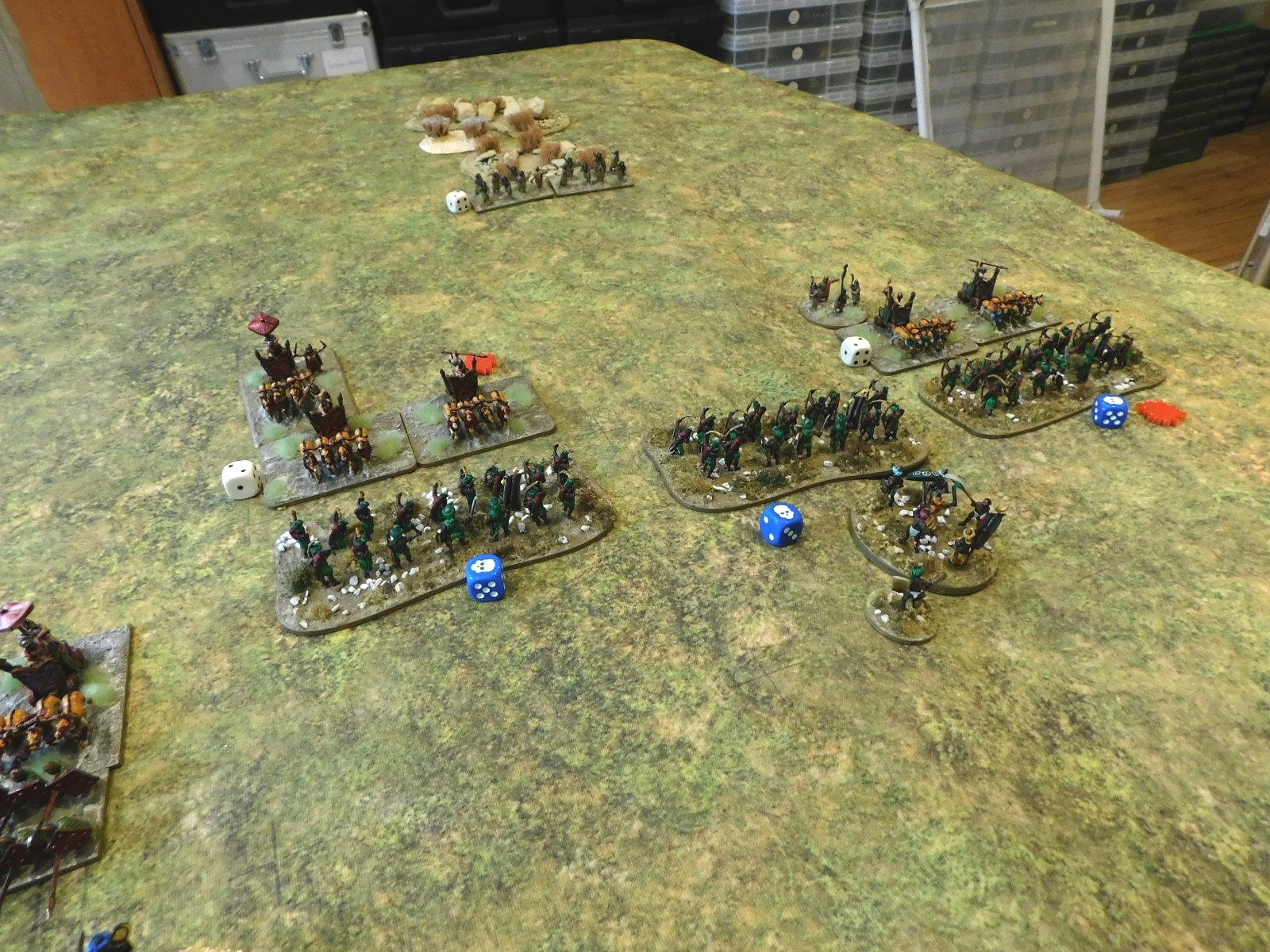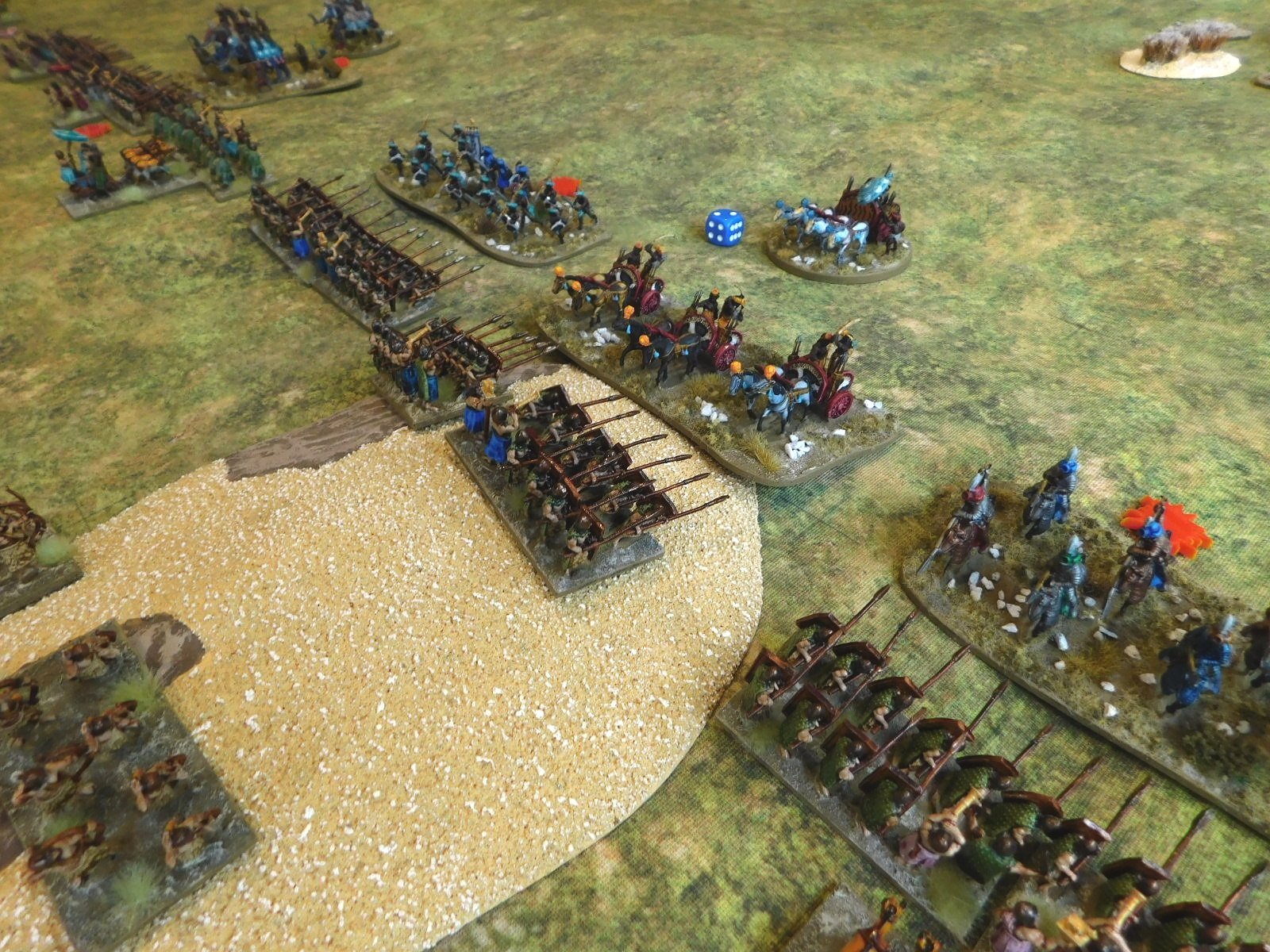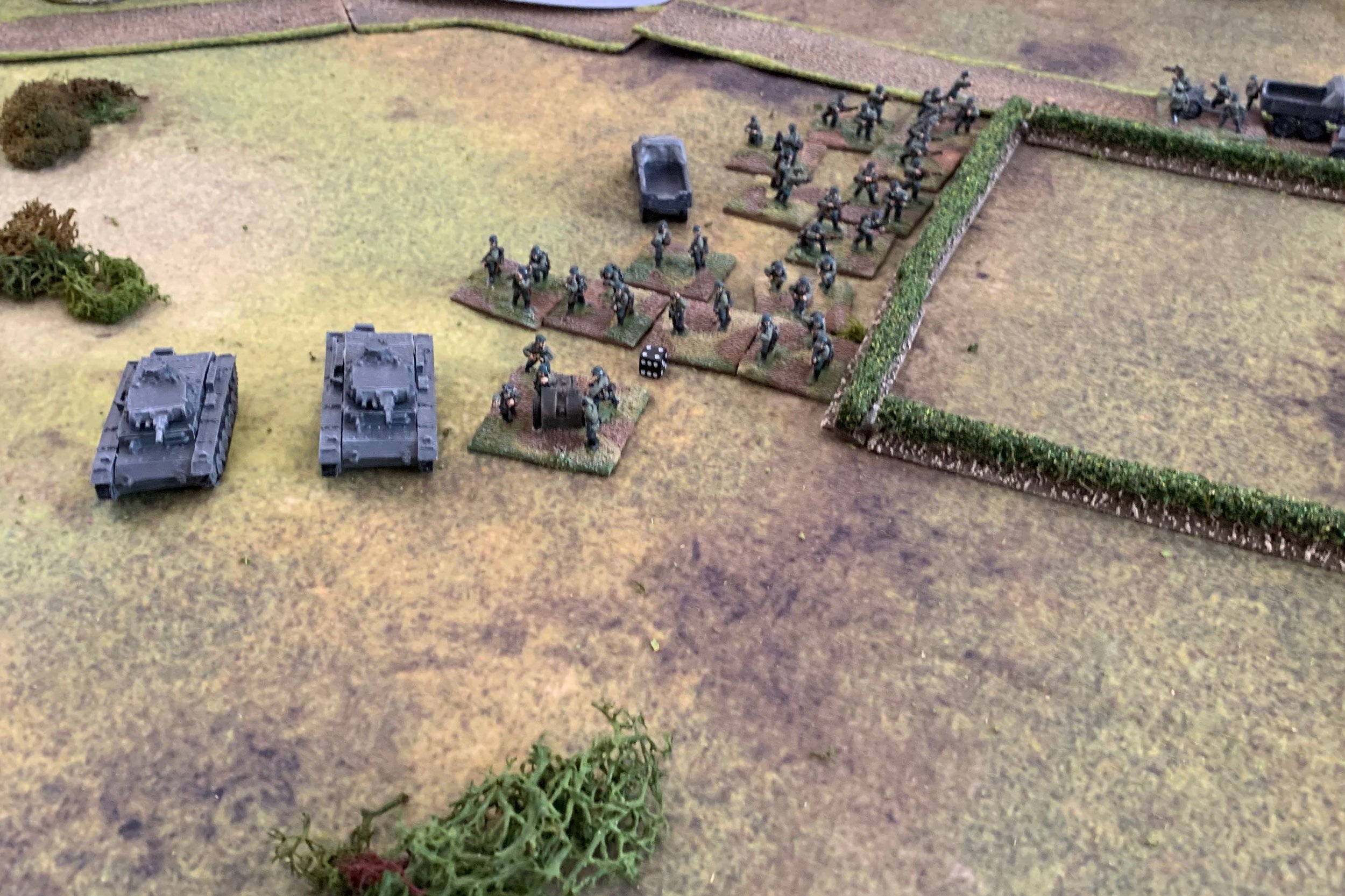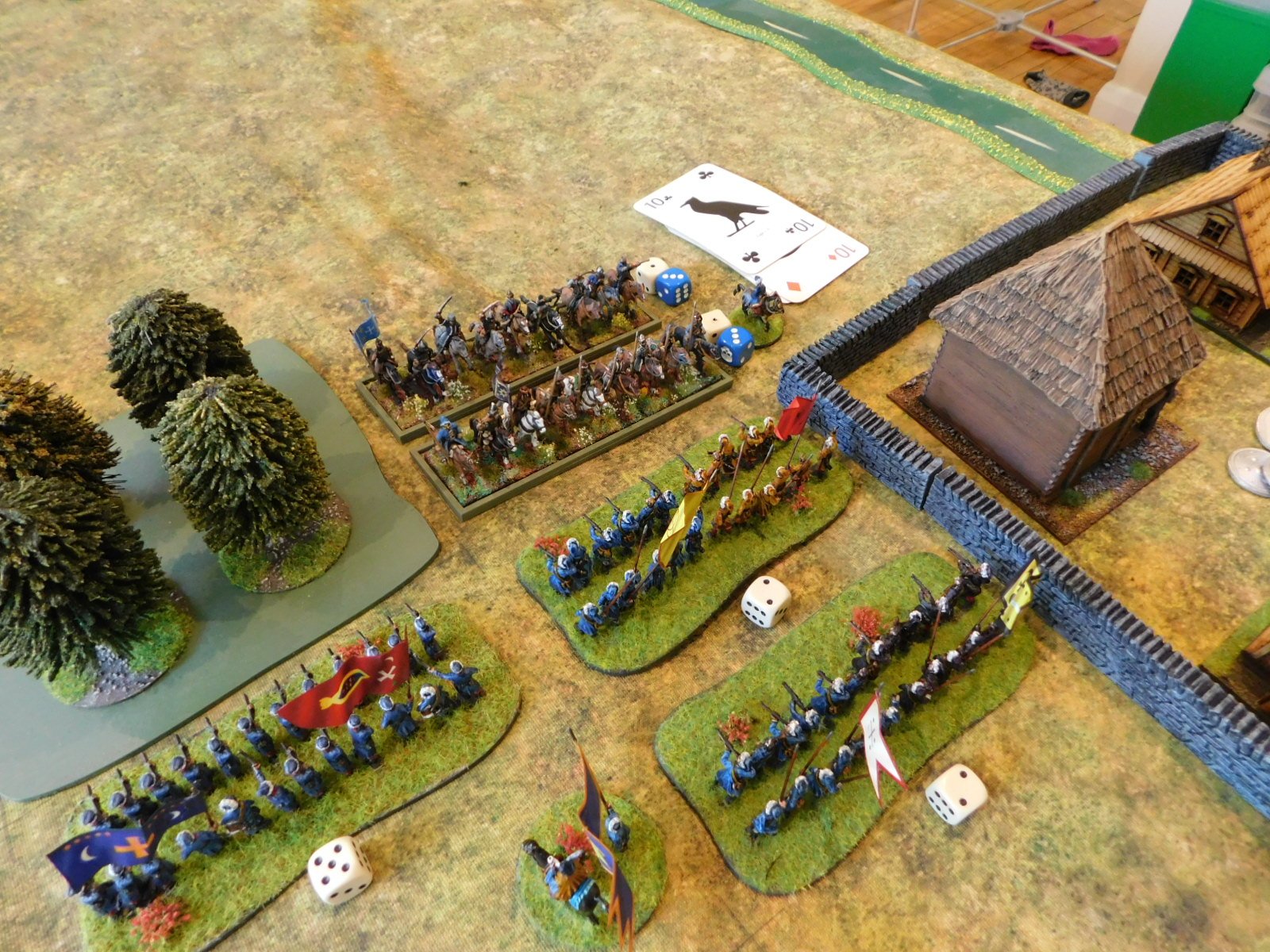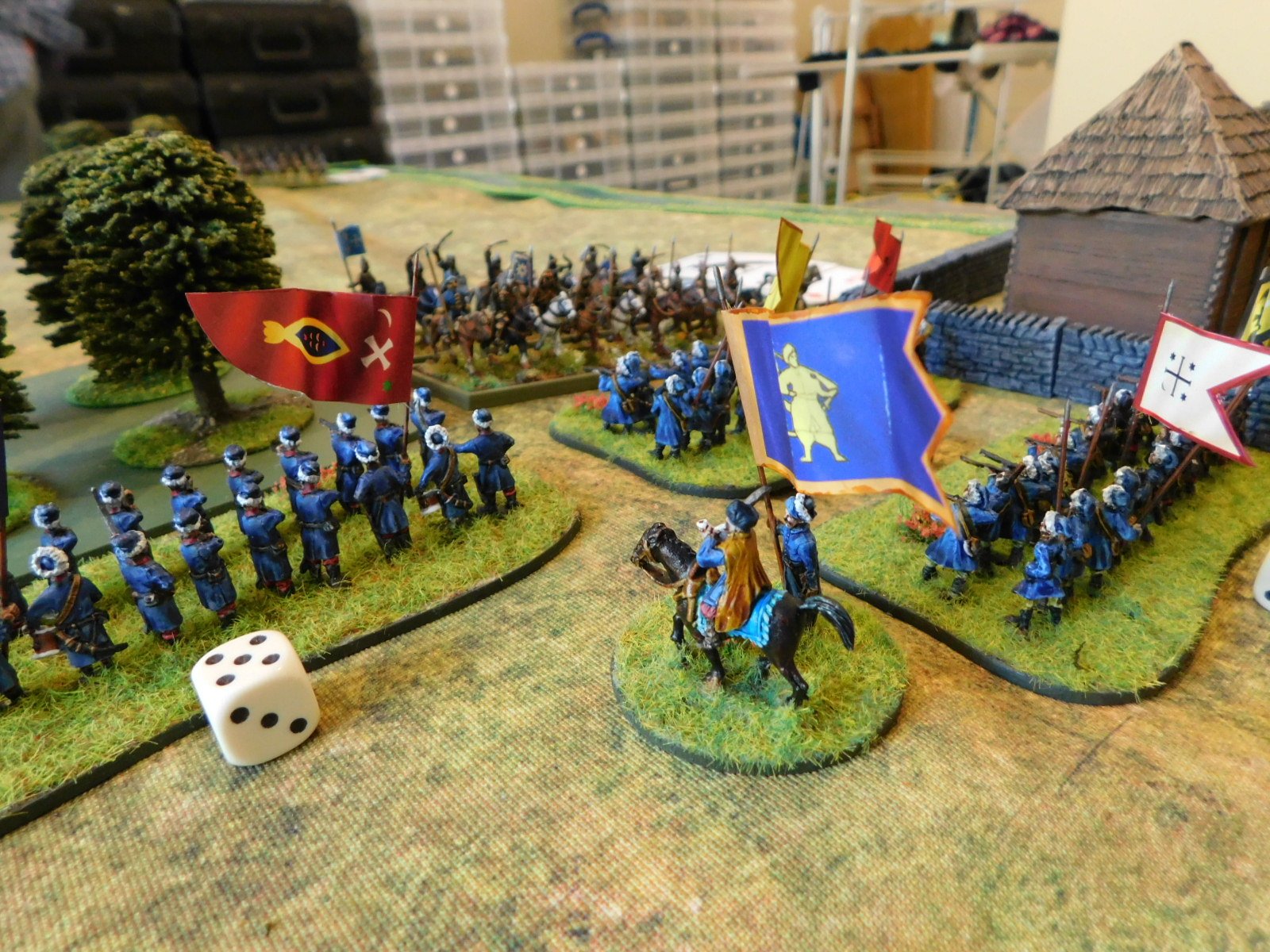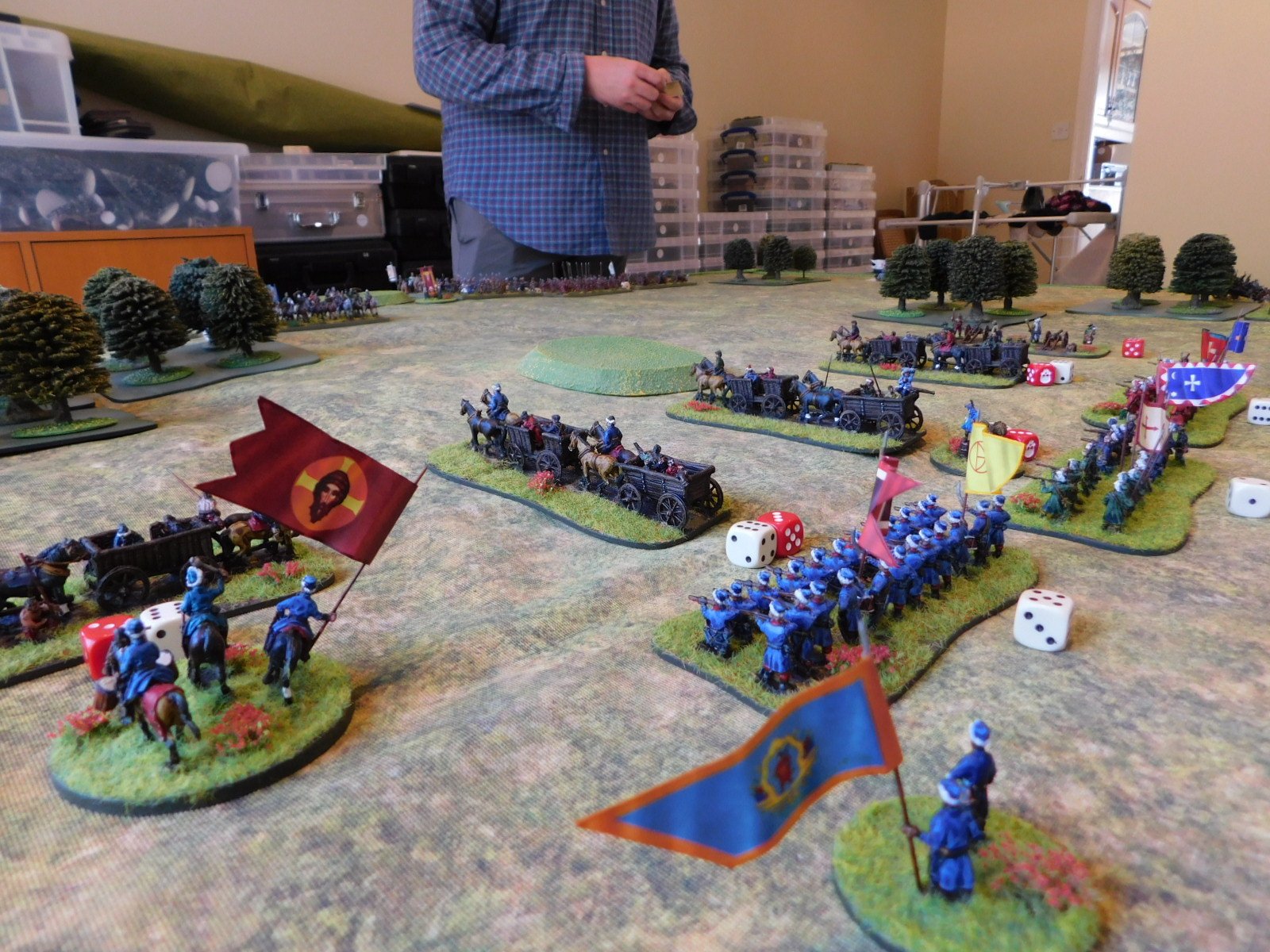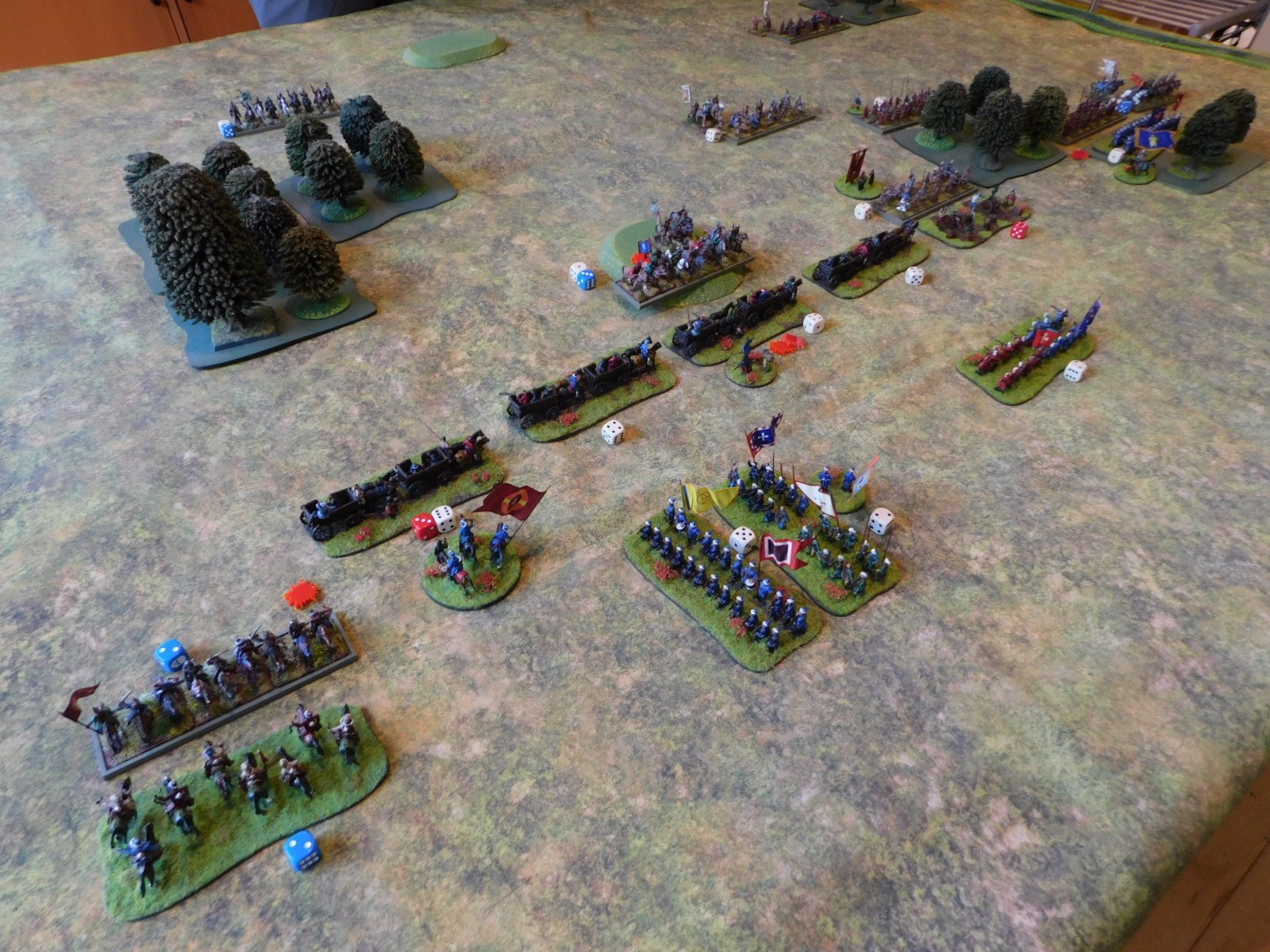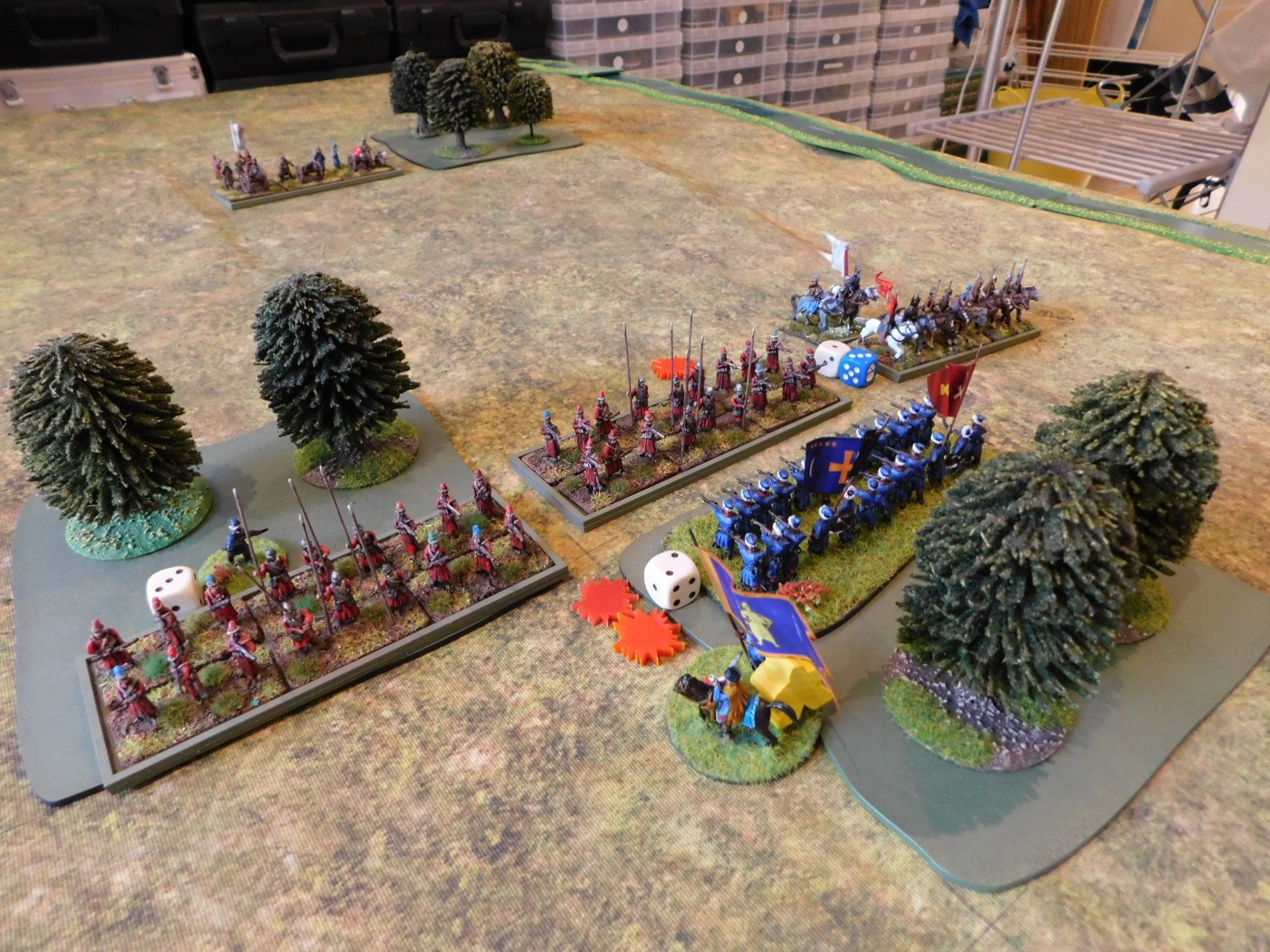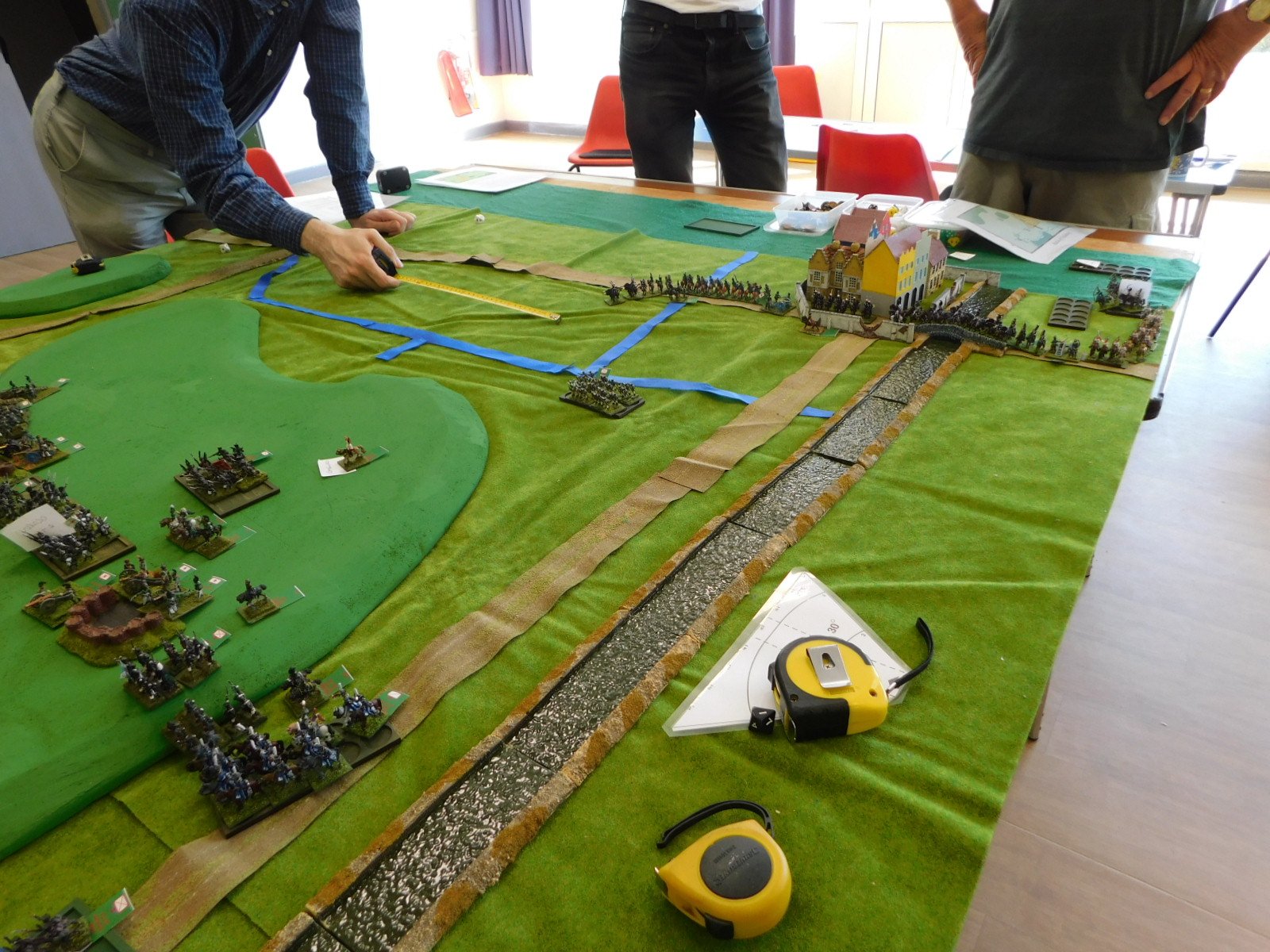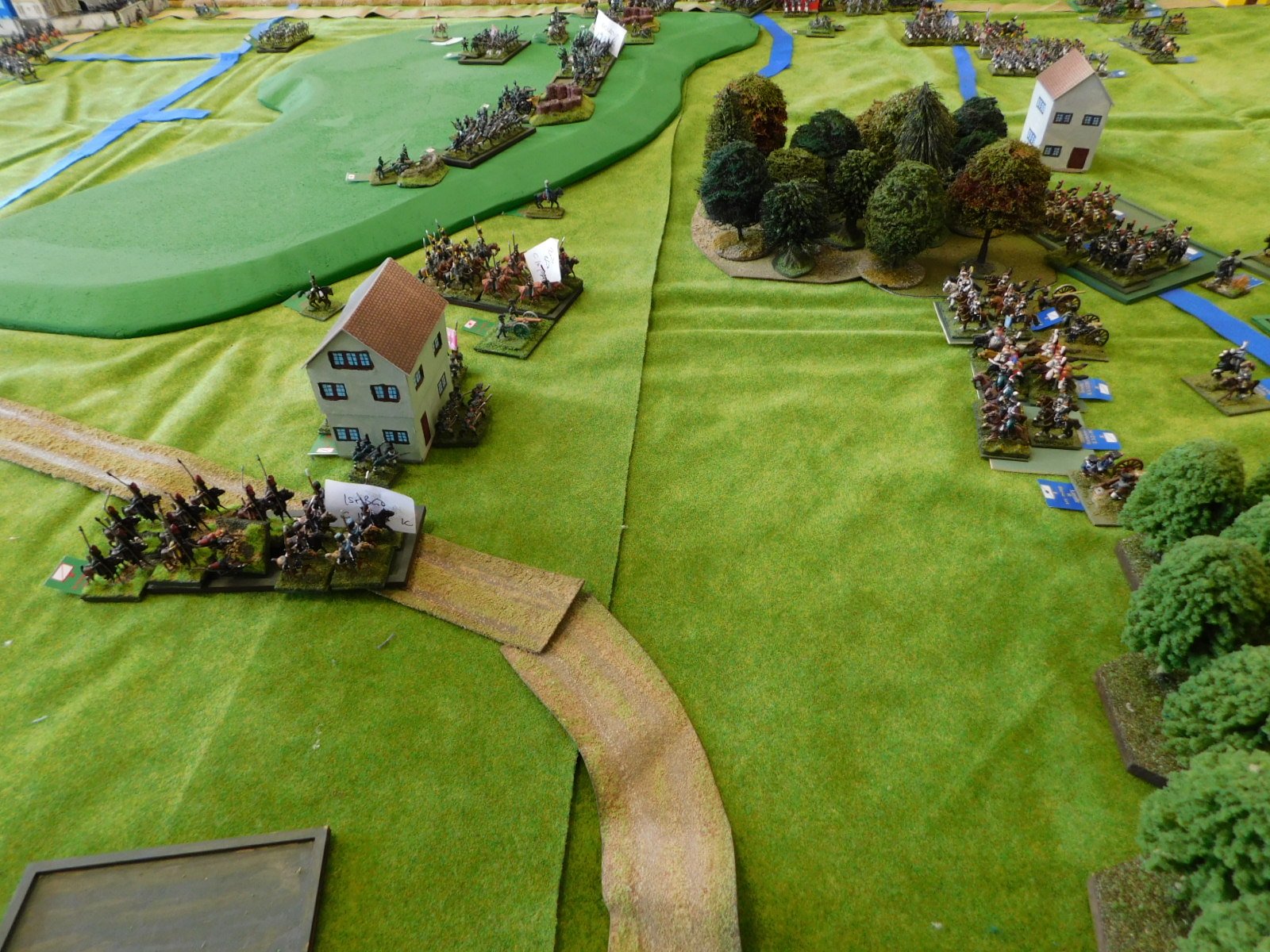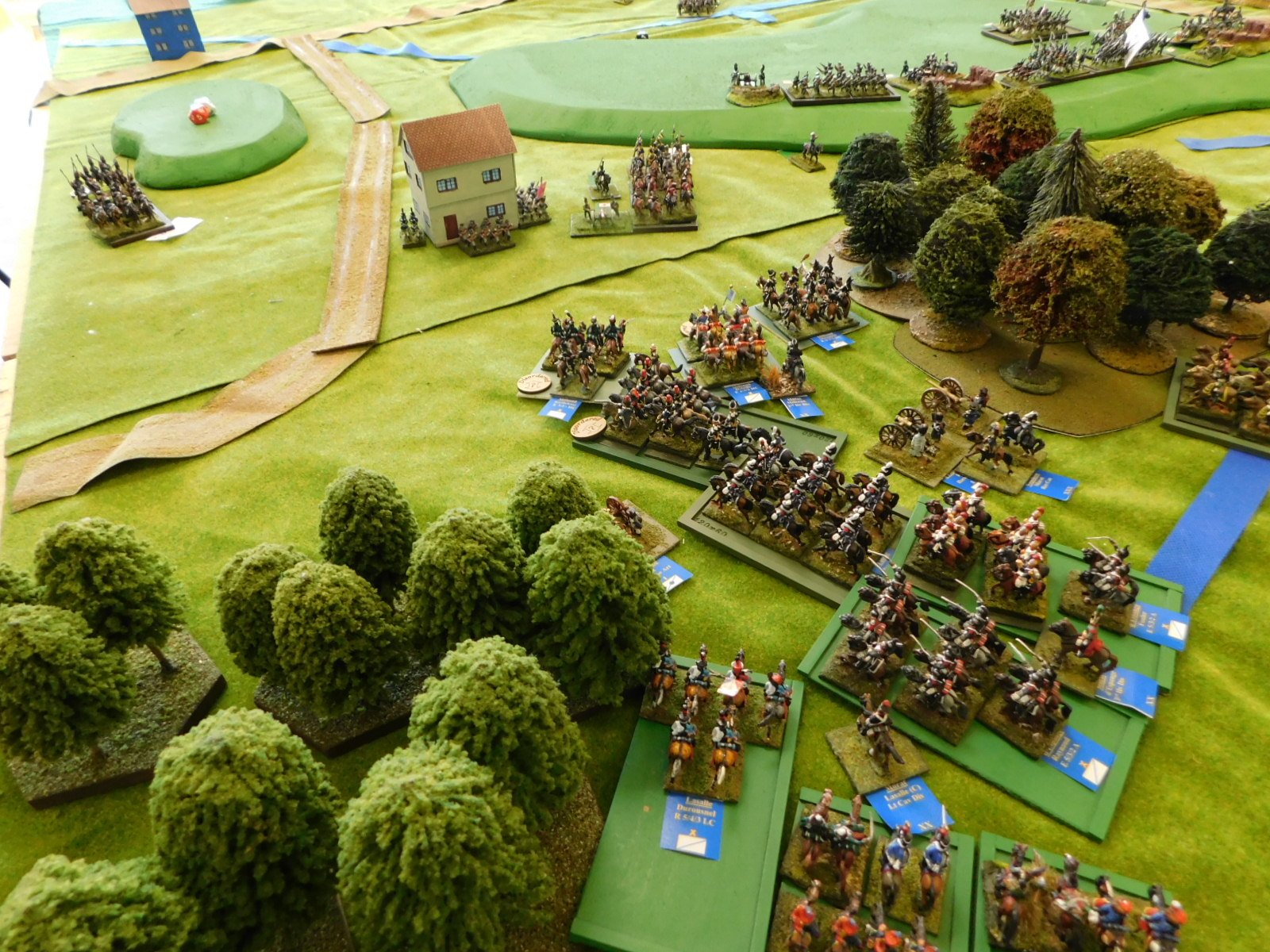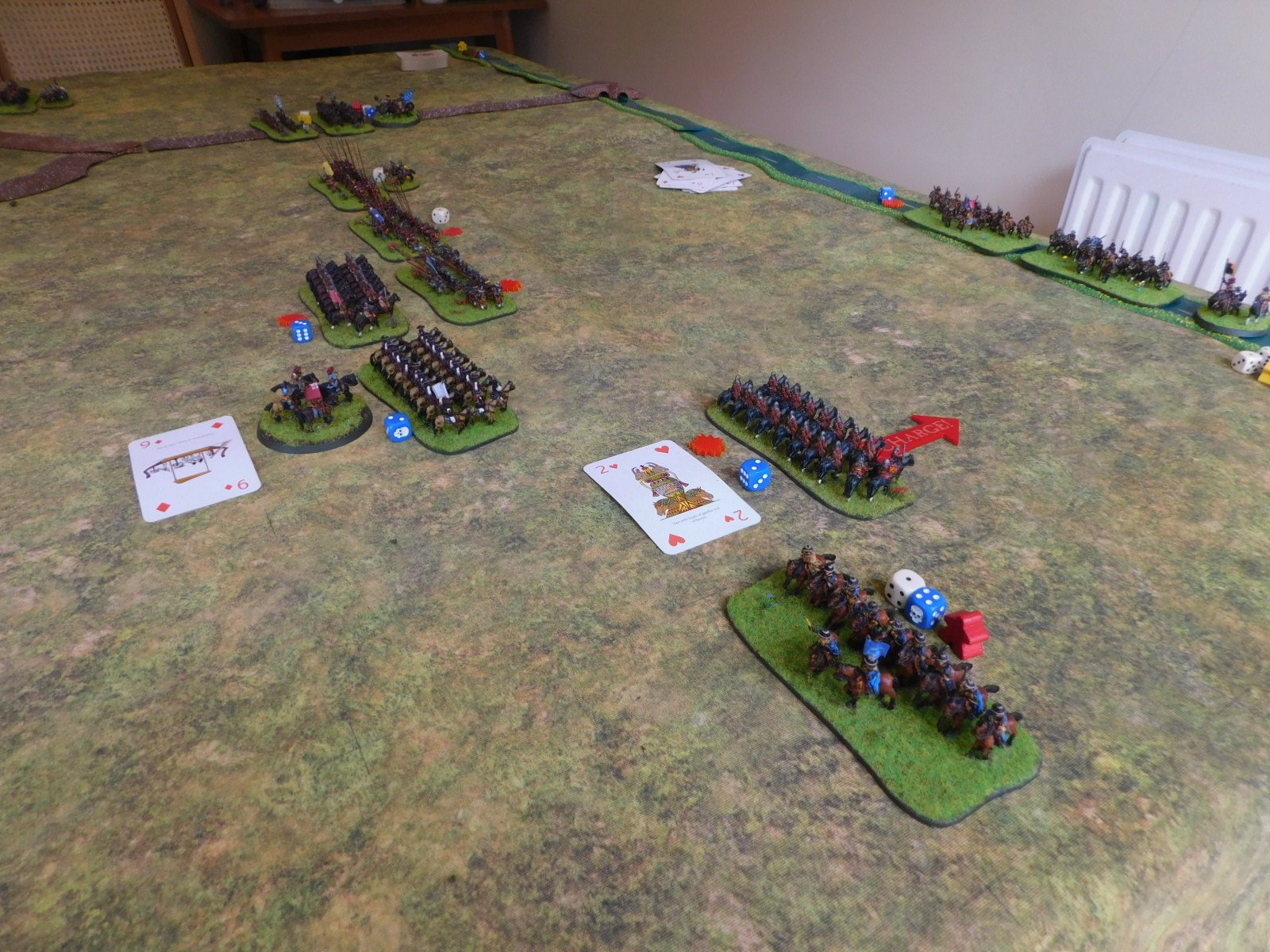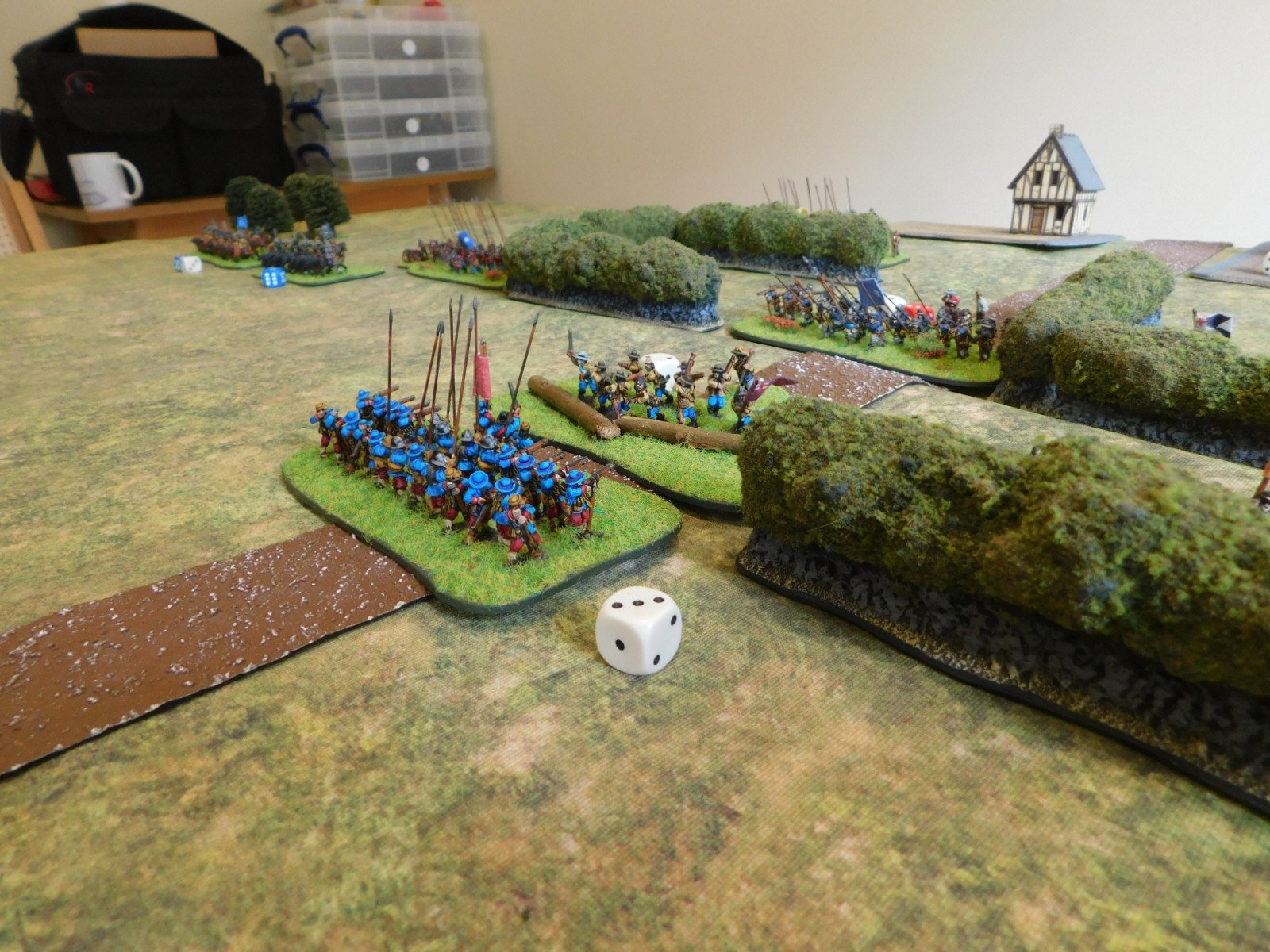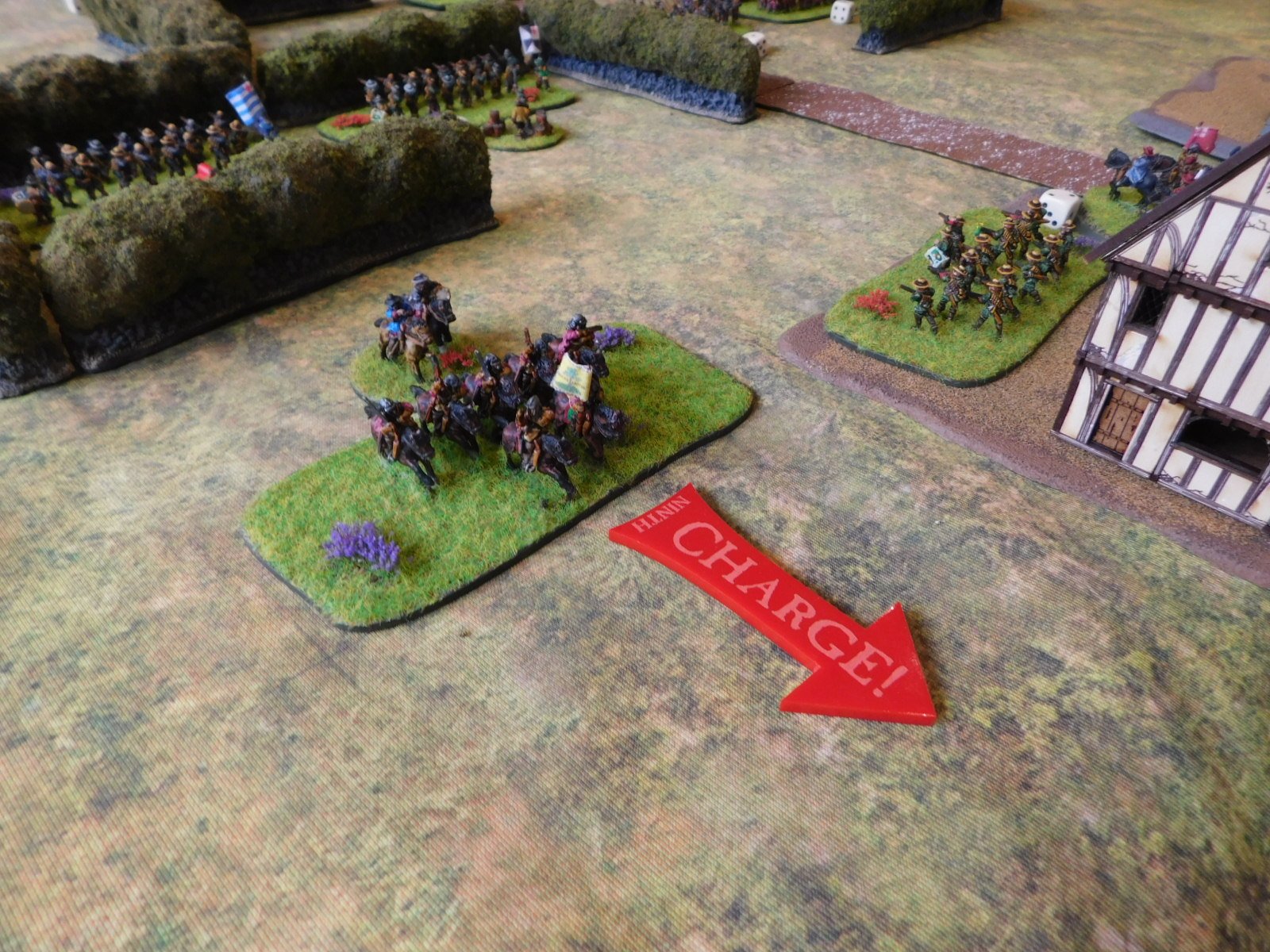FK&P AAR: Fire Over Barsetshire
/Friend Rob came round today and brought with him his collection of Elizabethan era English and Spanish for a 16th Century dust up of some kind.
Difficult to decide which rules to use, as we wanted to employ the TTS engine but the Elizabethan era sits neatly between the end of To The Strongest and the beginning of For King & Parliament.
In the end we plumped for FK&P, but with a few minor variations very much like the Eastern Front variant that we use for 17thC warfare in eastern Europe.
The Scenario
Rob had worked out a simple scenario involving some Spaniards “left over” from the Armada launching an invasion of England from a base in Ireland…
Spanish Briefing
When the Armada was driven north into the teeth of storm and gale, England believed she was saved. You, Captain General Velazquez will prove the heathen English and their she-devil Queen wrong.
Fortuitously as you limped south through the Irish Sea, you came upon the remains of the Squadron of Portugal also making their way slowly back to Spain and safety. Inspiring your fellow officers and the commandantes of the much-reduced fleet, you came up with a cunning plan. Landing with what force you had remaining on the coast of Ireland, you recruited a brigade of good Irish Catholics to your cause, rallied by the patriotic songs of a passing group of folk singers who conveniently agreed to lead the Irish forces.
Spanish Pike & Shot with Captain General Velazquez
Making a dash for the western coast of England, the Lord has finally blessed your endeavours, your landing was unopposed and, with what forces you have left, you have marched inland, hoping to rouse the English Catholics to your banner and still snatch victory from the jaws of disaster. So far, they have been less than forthcoming. One real victory, though, should inspire a rising across southern England.
You have made good time and have reached the county of Barsetshire, a hive of Protestant scum and villainy. As you ready to advance on a small farm just to the south of Uffley, you sight a ragged band of English soldiers: this is finally your chance to claim revenge for all the wrongs the English have done to Spain and God’s true cause.
The Irish Brigade
With you, you have the “volunteers” from the fleet, being a mixture of ships’ crews and what cavalry you have been able to raise using horses liberated on your march east. The least motivated, at least they will distract the English! Your core troops are your four battalia of Spanish infantry, the terror of Europe and veterans all. Finally, you have a brigade of Irish volunteers: untried, but ready for plunder and true to the faith.
Seize the farm, rout the English, and the road will be clear to Barchester itself!
English Briefing
The Godless Spanish don’t know when they’re beaten…but it’s time to show them once and for all that they are.
You are Lord William Harding, the Duke of Barsetshire. It’s a proud name, and you are determined to honour it. Unfortunately you missed the battles at sea, and thought all the glory would got to privateers like Drake, but God has given you the chance to feast upon one small part of the Spanish pie!
Sir Mark Proudie’s Pike from the Royal Army
Word of a Spanish landing in the west reached London and at first none believed it: the Spanish had been defeated weeks ago! As, however, reports of Spaniards marching inland grew, the Queen has dispatched you and a (concerningly small) force to deal with what are surely just some remnant Spanish brigands who’ve been blown ashore.
As you neared your home county, however, you became aware that what faced you was not a band of weakened, dispirited sailors but the core of a Spanish army, supported by Irish rebels. So be it: whatever the odds, God is on your side!
Sir Bernard Crosbie, a venerable old gent, has not been inactive either, and the West Barsetshire Militia have been raised, accompanied by some welcome artillery and the Reverend Crawley, rumoured to be in line for a Bishopric and certain to inspire the men. Most of your troops are lightly armed and untried, but you have strong cavalry, and every stout yeoman of England is worth at least two Papist wretches!
You intend to make a stand to the south of Uffley, not least because you own farmland there and would rather it stayed that way! Defend the road, save Barchester, and show the Spaniards once again that God is an Englishman!
The Silverbridge Gunsmiths Guild artillery: part of the West Barsetshire Militia
The Game
I would play the Spanish, Rob would play the English. The Spanish set up with the Irish on their right, the Tercio (their best troops) in the centre, and the somewhat dodgy “Volunteers” on the left. The English had the Militia of their left (i.e. opposite the Irish), the Royal army in the centre, and a locally raised mixture of musketeers and longbowmen, with a bit of light cavalry, on the right.
My plan was simple: advance my flanks forward as fast as possible then bring up the Tercio in the centre to finish off anything that was left!
The Battle Begins
View from Behind the English lines
English light horse advance to their doom
On the Spanish left, the two units of Mounted Arquebusiers faced off against a unit of English light horse and soon, with a combination of shot and a quick charge, sent them fleeing from the field. Despite instructions to the contrary, the arquebusiers who had actually charged home (Los Dopicos Horse) then pursued the fleeing cavalry: rapidly disappearing into the distance!
On the right, the Irish brigade moved forward as fast as possible towards the English Militia in their walled enclosure.
A unit of English light cavalry with lances and pistols hit the untried McKenna’s Kern and dispersed them, but they in turn were blown away by musketry from the right hand unit of the Tercio coming up from behind. This left the rest of the Irish free to assault the Militia in what turned out to be a series of hard fought melees with bill-armed troops but, as the battle ended, the Irish definitely had the advantage.
Meanwhile, in the centre, the Tercio had been steadily advancing towards the English Royal Army. Both sides were veteran infantry: the Spanish consisted of three pike and shot battalia and a unit of commanded shot; the English one pike and shot battalia, two commanded shot, and the Royal Gallowglass.
My Tercio managed to shrug off the fire coming from the enemy arquebusiers and get stuck in with their pikes, and the English centre began to give way. This allowed Juanitos’ Pike, led by General Tapioca, to burst through the line and then head off to the left flank to help out Volunteers.
Before we come to the climax of the battle, a quick interlude.
The English Demilancers, Robart’s Horse, had punched their way through the Spanish line earlier in the game, but also pursued their fleeing enemy right the way to the other end of the table. Eventually rallying and forming up again, they actually found themselves next to a farmhouse in which the crew of the Spanish galleon, the Sao Martinho, were sheltering: the crew counting as a Forlorn Hope, presumably because there was only a forlorn hope of getting them into action!
English Demilancers and the crew of the Sao Martinho line up next to each other!
The sailors fired off all the ammunition they had at the English horsemen…who utterly ignored them and trotted off, untouched, to see if they could get back to the main battle in time to influence its outcome.
Right, back to the main action.
The Spanish were definitely winning, but still needed to deliver the coup de grace to the English and, as anyone who plays FK&P knows, the fortunes of war can turn in an instant. A good example of this was about to happen.
The other unit of mounted arquebusiers, the Nuevo Rico Horse, charged into the flank of some enemy commanded shot. This should have led to a glorious victory but, instead, the Englishmen took the charge, turned and blew the Spaniards away with fire.
not, as many predicted, the End of some commanded shot!
This left the enemy commanded shot and two units of longbowmen holed up near or in a walled enclosure: not a suitable charge target for the remaining Spanish mounted arquebusiers even if the archers were all out of arrows.
Fortunately General Tapioca and Juanitos’ Pike were on hand and, still fresh after chomping through the English in the center, went in over the walls to skewer the longbowmen on their pike.
Over the walls the pikemen go!
The lonbowmen crumbled and fled the field and this proved too much for English morale to withstand. With their Militia on their left about to lose to the Irish, the Royal army in the centre under extreme pressure, and the loss of their right, they decided that discretion was the better part of valour and fled for safety. Victory to the Spanish!
Aftermath
Although the Spanish had gained the advantage early on in the battle, it had been a great and hard fought game. The rule modifications we used worked well, although we had needed to clarify a few bits and bobs as the game progressed: can Kerns use their javelins as part of the charge sequence, for example.
The figures (all from Khurasan) had looked very good indeed and all that now remained was to have a quick bite to eat before setting up for the return game where I would play the English…but that’s another post!












